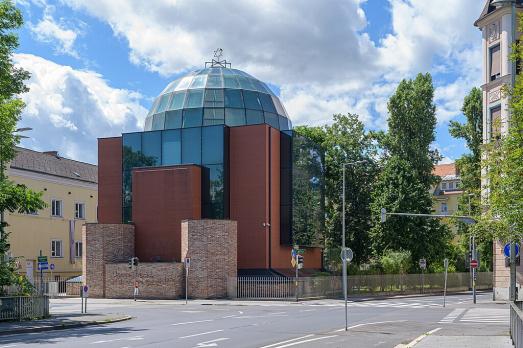
New Synagogue of Graz
Graz, AT
The New Synagogue of Graz opened its doors in 2000. The previous synagogue was destroyed during the Night of Broken Glass. The new building was made of brick, concrete and glass in a modernist style.
Here you can search for a building to visit. You can use the map find destinations, or you can use the filters to search for a building based upon what different criteria.

Graz, AT
The New Synagogue of Graz opened its doors in 2000. The previous synagogue was destroyed during the Night of Broken Glass. The new building was made of brick, concrete and glass in a modernist style.
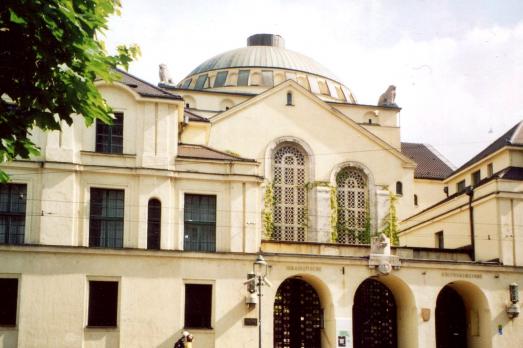
Augsburg, DE
The New synagogue in Augsburg was built between 1913 and 1917 designed by the architects Fritz Landauer and Heinrich Lömpel. The synagogue is atypical in being richly decorated with iconographic decorations including a colored mosaic above the Torah ark.
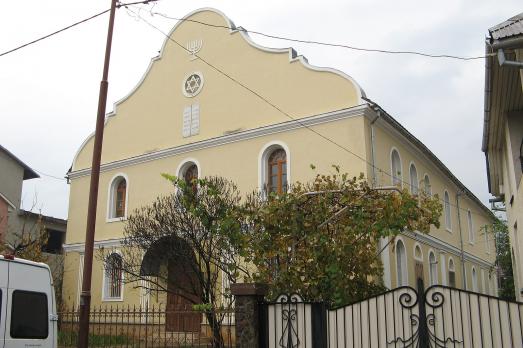
Khust, UA
The New Synagogue in Khust was built in the mid-19th century with a simple rural Baroque facade. It was built with a twin synagogue beside it, but the twin was destroyed under Soviet rule. The interior is notable for the impressive ceiling painting and it is an example of a nine-bay synagogue built around a four-pillar central Bimah.
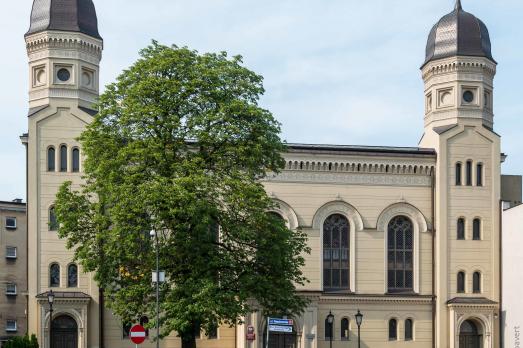
Ostrów, PL
The New Synagogue of Ostrów Wielkopolski was built from 1857 to 1860 in the Moorish style. The synagogue was intended to replace the old synagogue, which had become too small for the city's Jewish community. Quite preserved during the Second World War, the building has since been restored for many artistic and educational purposes.
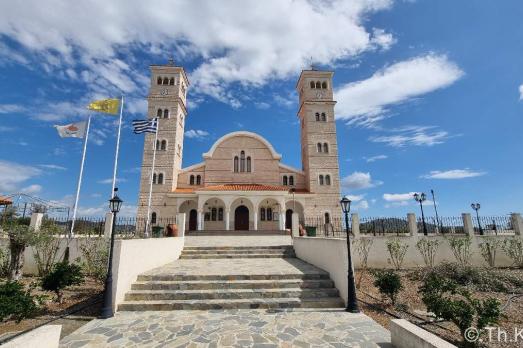
Kornos, CY
The building is located on the western edge of the village.
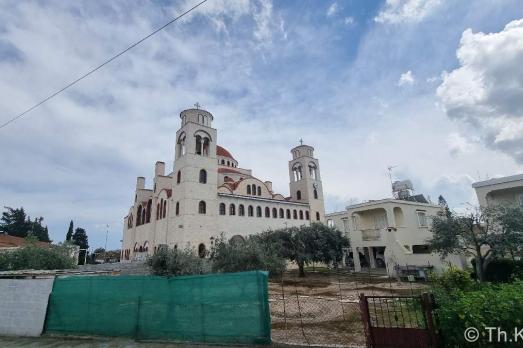
Dromolaxia, CY
The building is located in the northern part of the village (in the old village centre).
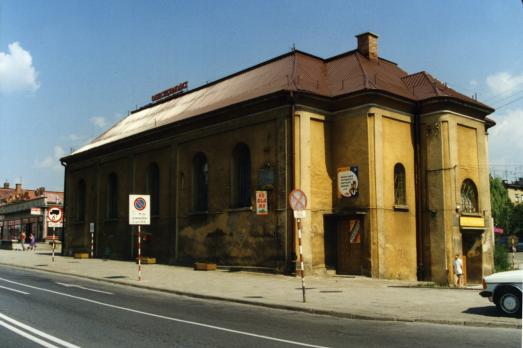
Dębica, PL
The New Town Synagogue in Dębica (ul. Krakowska 3) was built in the second half of the eighteenth century in the late baroque style. It is indicated on the Austrian land registration map from 1849. The prayer hall occupies the north-eastern part of the building and is based on a rectangular ground plan with dimensions of 16 by 30 m; there is a vestibule with a women's section on the upper floor. A nine-bay hall is spanned with a flat ceiling. The walls used to be decorated with paintings. The interior is now devoid of all traces of the original appliances. During World War II, the Nazis completely burned the interior of the synagogue. After 1945, the building was used as a grain storage and in 1954 it was renovated and used as a market hall. During those renovations, materials from the disassembled Old Town Synagogue in Wielopolska Street were used. In 1994, the building was renovated again as a museum, part of which was to be devoted to the history of the Jews of Dębica. Despite the destruction and neglect, many features of the original synagogue are still discernable. The layout of the prayer hall is nine-bay, featuring four massive interior piers. There are wall pilasters and round-headed windows typical of late baroque period. There is an information plaque outside the building; it explains the history of the synagogue.

, GB
The New West End Synagogue in London was constructed from 1877 to 1879 and was designed by the Scottish arhitect, George Audsley. In 2007 this synagogue was declared a national monument. The synagogue is still in use and services are still held here weekly
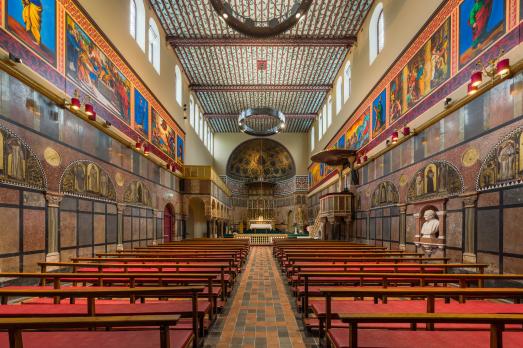
Dublin, IE
Newman University Church is a Catholic church in Dublin, built in 1855-56. It was founded by John Henry Newman for the newly established Catholic University of Ireland, and designed in a neo-Byzantine style, due to the architect's aversion to Gothic architecture. The interior is richly decorated with marble and serpentine from many parts of Ireland.

Newry, GB
St Patrick's and St Colman's Cathedral is the Catholic cathedral of Newry, built between 1825 and 1829. The former Cathedral of Christ the Redeemer in Dromore, reclaimed by the Anglicans, was burnt down during the Irish Rebellion of 1641, and rebuilt by Bishop Taylor 20 years later; the Catholic cathedral was then built. The cathedral, however, was moved 200 years earlier to Newry, the largest town in County Down, and strategically located at the end of Carlingford Lough.

new
The Chassidic Route is a cultural and historical trail tracing the rich legacy of Jewish communities in southeastern Poland and western Ukraine. This region was central to the rise of Chassidism in the 18th century. Here, we highlight 10 remarkable synagogues you’ll discover along this route.

he cradle of the Industrial Revolution in Germany, Chemnitz, is well-known for its industrial heritage landscape, but the city is also home to remarkable examples of religious architecture from different historical periods. Join us as we explore the key landmarks of this European Capital of Culture 2025.

The twin towns of Nova Gorica (Slovenia) and Gorizia (Italy), lying on the border between the two countries, have a rich religious heritage, steeped in centuries of tradition. If you are looking for ideas for your visit, take note of these 10 religious sites that you should not miss.